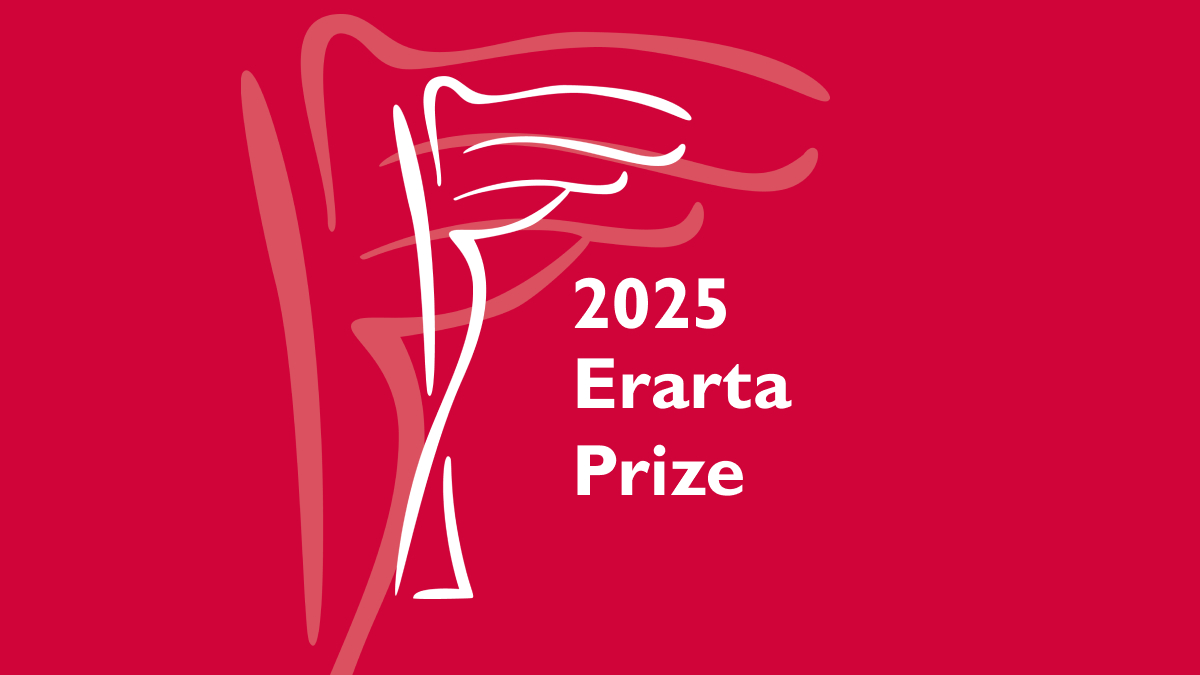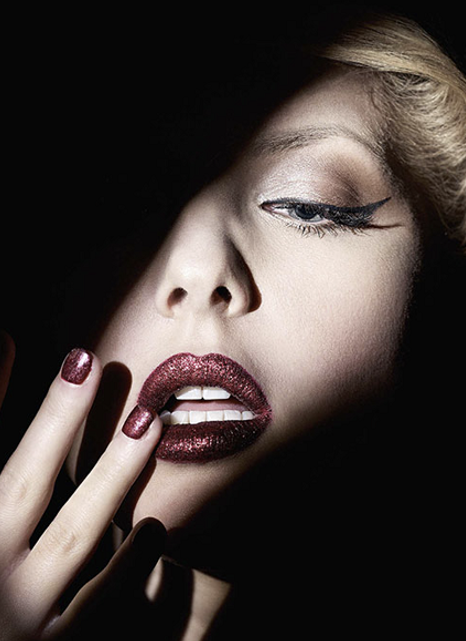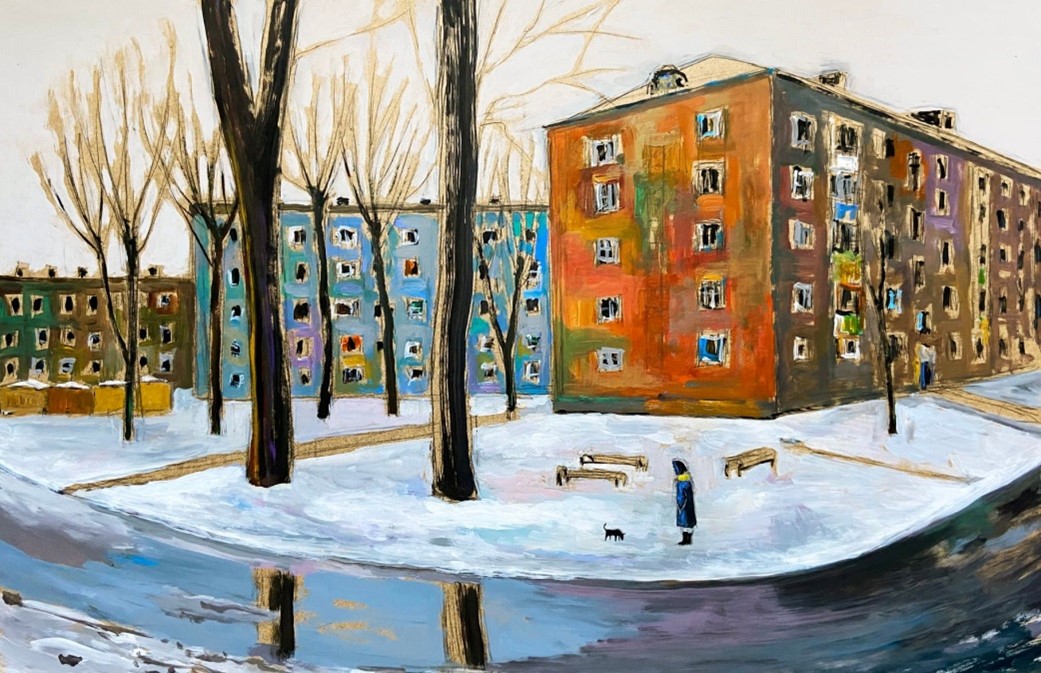Erarta Museum presented an exhibition by a St. Petersburg artist duo enticing the viewers into the world of fake myths in which it is sometimes hard to distinguish the transient from the eternal
Myths & Fakes showcases an artistic duo, or, more correctly, two artists presenting a united front: it actually takes a serious effort to distinguish the artworks by Igor Kulik from those by Elena Kulik. The title of the project is fraught with meaning. It encourages the viewers to brace themselves and switch from idle wandering through exhibition spaces to something not unlike browsing through the news feed, essentially also a result of collective effort. This is no mean feat, requiring ultimate concentration and fine tuning of all mental filters: hardly anyone would want to waste their time on fakes, even if bearing the noble name of post-truth.
The Kuliks’ paintings could have appeared only in the here and now, when the press flashes headlines such as ‘Physical Scientists Dismiss the Existence of Objective Reality.’ Incidentally, it is among the trending news that the artists quite often find their subject, preferring, however, the blurred out, unpopular legends and myths to recognizable patterns in materialising it. Today the only people who might still recall who Lady Godiva was or how in the world did the rape of the Sabine women come about are nerdy school kids, art students or compulsive readers. Breathing new life into these stories, the Kuliks draw parallels to what is happening right here, right now, just next door. This turns out to be spot-on: even a week-old news feed reads like a vague legend today, not to mention something from half a decade back. It is absolutely impossible to grasp this with the mind alone.
The imaginary in the Kuliks’ works is informed by a reality in which truth and fiction are entwined in a single news stream. Their art is modern-day realism ‘infected’ with the strains of kitsch and avant-garde. The questions of how it was made and what it is all about are of equal interest here.
With their dazzling colours, as if with loud and catchy headlines, the artworks elicit an emotional response; at the same time, their imagery and narratives trigger analytical mechanisms, urging one to think what is actually going on here. In the world modelled by the two artists, good and evil appear as an indivisible whole. A myth allows to see a certain image behind a real entity. This image is in turn rooted in reality, and thus can be freed from its spell and explained. A fake, however, is a mere appearance. It emerges when the knowledge of truth seems so terrifying that we prefer to hide from it behind certain conventional art symbols. In this context a true artist is left with the task, or rather a higher purpose of interpreting and conceptualizing the world. The Kuliks encourage the viewer to take a closer look at reality and learn to tell the fake from the eternal as manifested in myths behind which, after all, is nature itself.











